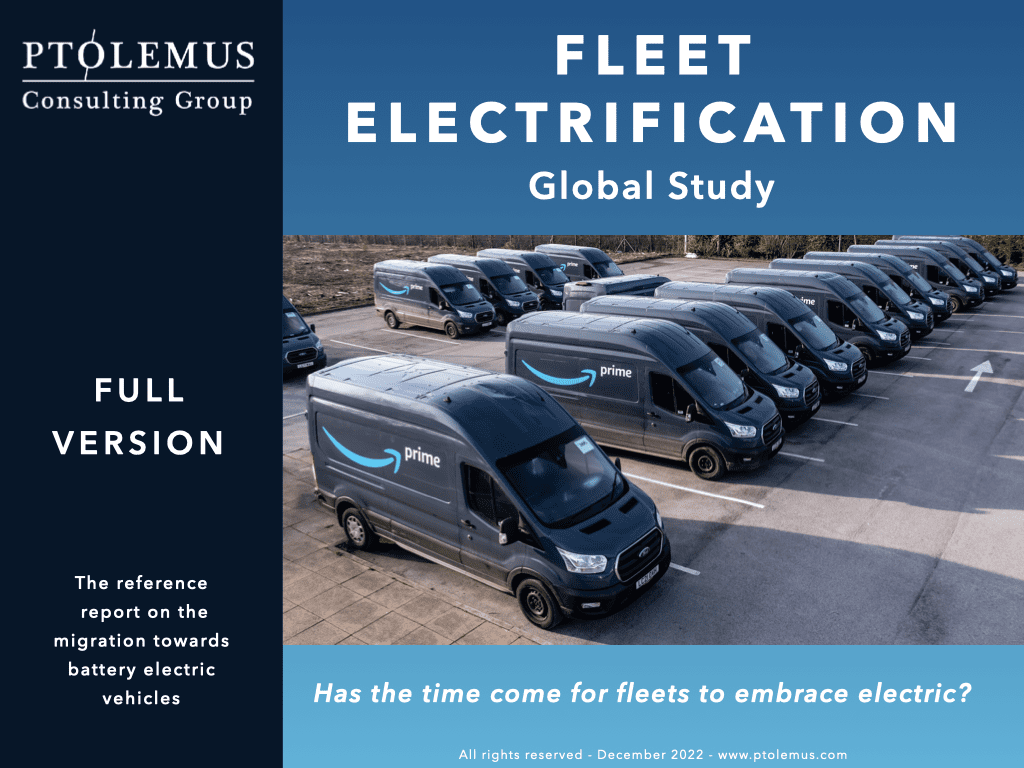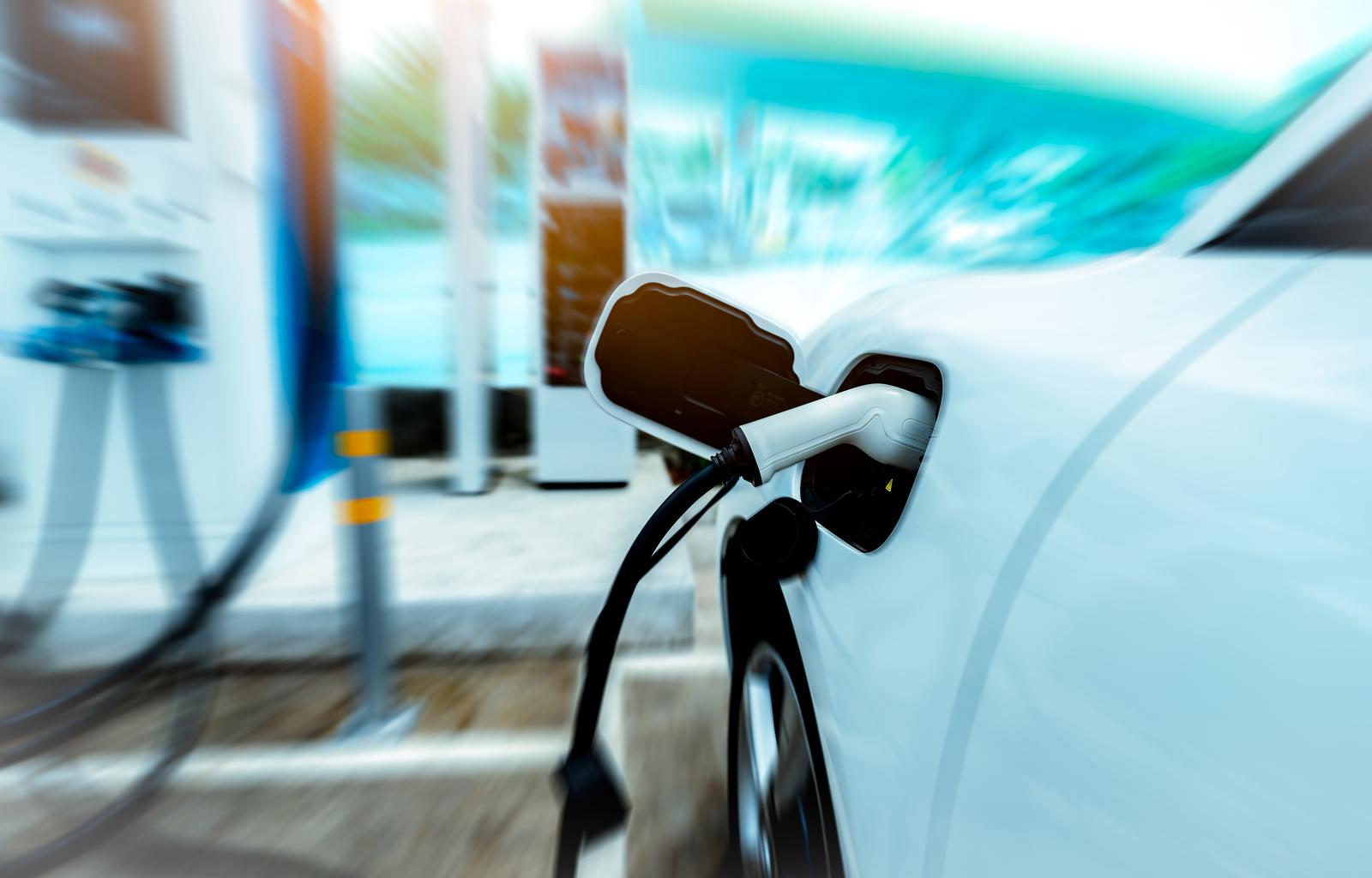With the EU’s fleet electrification plans, is the internal combustion engine dead?

With Euro 7 recently being announced and it being heavily linked to the EU’s fleet electrification plans, many people have proclaimed this as the “death” of the IC engine, but I wanted to bring a degree of “what does this mean” to the party…. So here goes.
1. Does this mean the internal combustion engine is dead?
Not at all. There is the small point that this is for 2035, so it’s 13ish years away. But putting that to one side, the ZLEV incentive mechanism threshold currently in place will be increased to an almighty 25% for cars and 17% for LCVs till 2030. In other words, for OEMs to get fleet CO2 credits, 25% of their sales need to be BEV or hybrid. Whilst not insignificant, that’s not a huge threshold.
The driver for fleet electrification will be demand side. We’ll most likely see countries with punitive taxation for ICE vehicles (such as the Netherlands) will be almost completely electric by 2035 if not before, whilst others more wedded to petrol or diesel won’t.
Also, all internal combustion engine vehicles will need to be operated on “carbon neutral fuels” after 2035. Indicating that support for internal combustion engine isn’t going to vanish just yet….
If anything, the biggest problem in 2035 will be that anything c. 7-10 years old might have a fuel compatibility issue (vis-a-vis E85) so you may find that scrappage of older vehicles spikes, but modern vehicles will be fine.
Also, there will be exception for low volume production (as there is now). So niche OEMs won’t necessarily go fully electric the same way, as Stellantis will have to, unless it’s part of their plan.
2. But legislation has been decided, hasn’t it?
This isn’t ratified yet. The political agreement now needs to be formally adopted by both the council and parliament. This could take 12-18 months to get done, though I’d guess amendments will push this out further. That said, I don’t think it’ll be delayed by much, as this has only taken 15 months to get agreed, demonstrating an astonishingly high degree of alignment by EU standards…
Plus, there are “pressure release valves” included, such as the review point in 2025 to potentially readjust on the basis of progress by OEMs, parts manufacturers and energy infrastructure.
3. So what will happen?
OEMs will be holding their breath. A bit. Obviously electrification investment continues, but when the legislation is ratified we’ll see movement. As it stands, Euro 7 may not push IC engines too much, as otherwise it would be counter-productive to R&D investment in electric. I’m not suggesting it’ll be retrograde, but it’d encourage supply-side reform.
I think the next 3-5 years will be status quo, then from 2027 we’ll begin to see a tangible shift in the market as it pivots towards fleet electrification. But even by 2034, I believe we’ll see new petrol-powered cars (if not diesel) on the road, just in a minority.
If you would like to know more on this subject, you might also be interested in our Fleet Electrification Global Study.
